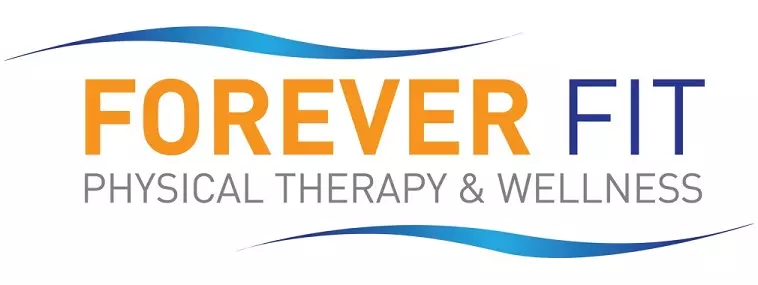Osteoporosis (porous bone) is a disease that affects the bones, causing them to break easily. The breaks occur because the body is unable to make new bone, loses too much bone or both. This can lead to fractures that occur as the result of a fall or from something as simple as a cough or sneeze in more serious cases.
Those who suffer from osteoporosis may experience the following symptoms:
- Loss of height over time
- A stooped posture
- Fractures of the hip, spine or wrist
The National Osteoporosis Association recommends getting tested for osteoporosis if you meet any of the following criteria:
- Women age 65 or older
- Postmenopausal women >50years of age
- A woman at the age of menopause and have a high chance for breaking bones
- A woman who has already been through menopause, younger than 65, and have other things that give you a higher chance of osteopenia
- Men older than 50 with risk factors
- You break a bone after the age of 50
If you have been diagnosed with osteoporosis, it is important to speak with your doctor about a regimen that may include management of other conditions that may have led to osteoporosis, changes to your diet, medication and the initiation of an exercise program.
Many people suffering from osteoporosis shy away from exercise for fear that it may cause further injury/damage to their bones when in fact performing exercises can help to stimulate bone growth. Here are 4 type of exercises that are neccessary for osteoporosis management:
Weight bearing exercises
These are exercises that are performed while on your feet. It is best to stick with low impact activities such as walking, or elliptical. Even gardening is considered a weight bearing exercise. An added benefit of these exercises is that it improves your cardiovascular system.
Strength Training
These exercises involve the use of resistance bands, body weights, weighted machines or free weights. Strength training can help to prevent further bone loss. Prior to starting a strength training program. It is important to consult with a physical therapist to help tailor the program to your needs and abilities.
Flexibility
It is important to maintain full motion at all joints in any case but especially with osteoporosis. Sticking to a regular stretching regimen can help with this. Again, consultation with a physical therapist may be necessary to tailor the stretching program to your needs.
Balance Exercises:
Just as with anything else we want our bodies to learn, we must train the balance mechanisms to decrease the likelihood of falls. Patients with osteoporosis who fall are more likely to fracture a bone. Balance training may also require the assistance of a professional to prevent harm and tailor your balance exercises to your needs.
Although exercises is important, there are some movements that are necessary to avoid to prevent injury:
- Bending and twisting – avoid activities that require bending and twisting from your waist such as sit ups
- High-impact exercises- running, jumping and jogging are activities that are considered high impact exercises and cand place too much stress on the bones and lead to further damage
If you have been diagnosed with Osteoporosis and are not sure how to begin your exercise program, it is best to consult with your physical therapist to help develop an individualized plan that can work for you and your lifestyle. Forever Fit Physical Therapy has well trained PTs who are ready to help you get started on a successful osteoporosis management program.

